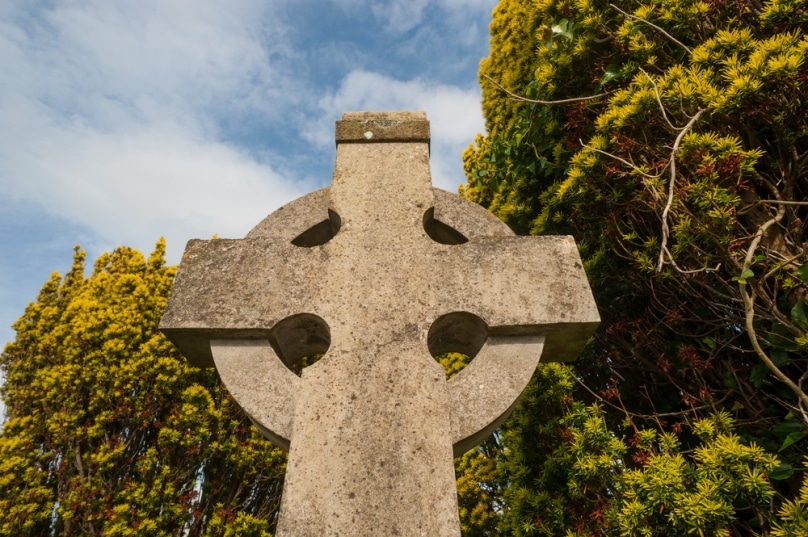
Development of the Catholic faith in Australia owes much to people from Ireland and some of their memories have been captured in a recently released publication marking the centenary of the Irish National Association.
Irish Memories – Sydney Lives has gathered recollections from oral history interviews with 12 people whose stories are linked to those of numerous others who journeyed from the Emerald Isle to better times “down under”.
“Their stories produced many interesting moments, embracing both funny happenings and some sadness but most of them rose from poverty to more comfortable circumstances in Australia,” according to Dr Siobhán McHugh, who conducted the interviews.
Michael Lyons, who left Ireland and became a successful businessman, radio broadcaster and compassionate pastoral carer at Sydney’s St Vincent’s Hospital was chronicled as having completed a long journey from his family’s two-roomed cottage in a mining village in Tipperary to his comfortable home in Australia.
Historian Dr Richard Reid has drawn from Dr McHugh’s interviews to produce what he describes as reflections on the pilgrimage of life for people coming not so much from Ireland but more as standard bearers from its various counties.
Launching his work recently, Dr Reid said he first became aware of the prominence of the counties that they’d left behind after visiting a cemetery at Jamberoo on the South Coast of NSW and discovering many tombstones from earlier settlers with their birthplaces listed as being the Irish counties.
Tom Power, who came from Tipperary as a priest in 1956, recalls being aboard a ship where there were “nuns galore … priests galore … all full of zeal like myself”.
He left the priesthood in the early 1970s for a career in the public service and later became the leading figure creating the Sydney memorial outside the Hyde Park Barracks honouring more than 4000 Irish workhouse orphan girls who reached Australia during the Great Irish Famine of 1845-50.
Liam O’Mahoney, who left his family’s farm in Ireland and qualified as an accountant after arriving here in 1961, also spoke about Catholicism being a significant part of daily life in his home country and said his mother probably wished that he had become a priest.
“A lot of the neighbours around, they had a priest in the family, so deep in her own mind I would feel she may have had that kind of hope, but unfortunately for her it didn’t work out … at that time there was a huge respect not only for the priest but for the family that happened to have a priest in the house … young people were overawed by the presence of a priest”, Liam recalled.
Eugene McCauge, a panelbeater who arrived in 1981 on a working holiday and settled in Australia, mentioned his attendance at Sunday Mass while growing up in Ireland and spoke of how acquiring a sense of family, respect for others, common decency and strong feelings about social justice stemmed from the land of his birth.
Maurie O’Sullivan, who hails from Yougal in County Cork, arrived in Sydney in 1964 and after 20 years as a case worker with the then NSW Department of Community Services was elected president and later general secretary of the Public Service Association.
“I love Australia … it’s done a lot for me and I’d like to feel I’ve put a little bit back into it, too”, was part of his interview – and those words most probably echo the feelings of many more Irish migrants who have contributed to this country and kept alive the heritage of their birthplace through membership of the Irish National Association.
Demonstrating the earlier strength of Catholicism in Ireland, the hymn Faith of our Fathers was sung at matches for the sport of hurling until the 1960s.
Composed in 1849 by Englishman Frederick William Faber to honour the memory of Catholic martyrs from the time of the establishment of the Church of England, it originally had four verses but three more were added for its Irish version.
Its inclusion in many Church celebrations in Australia in the past reflected the influence of Irish priests and their people who helped to develop our Church.
